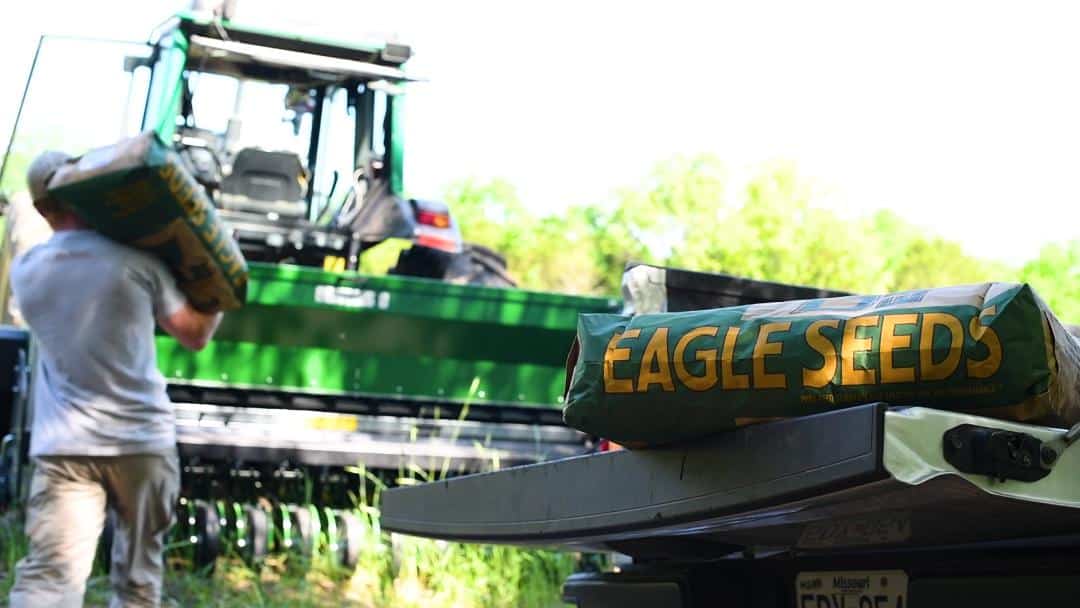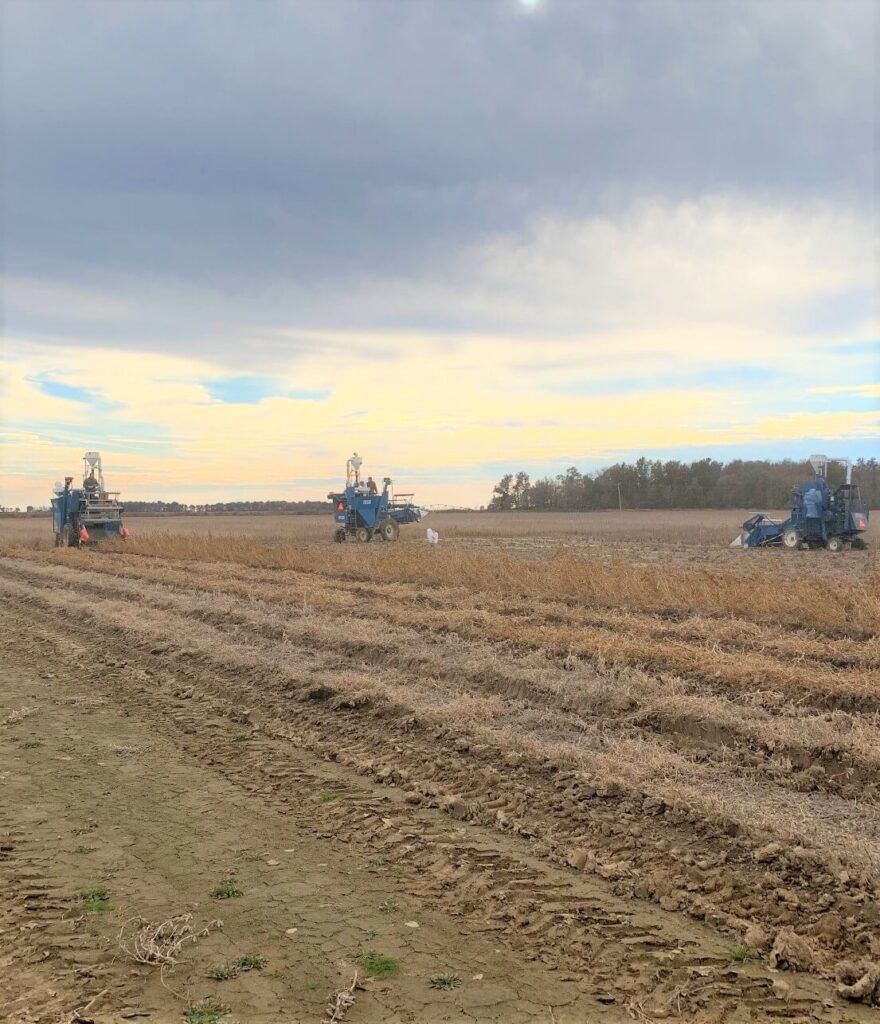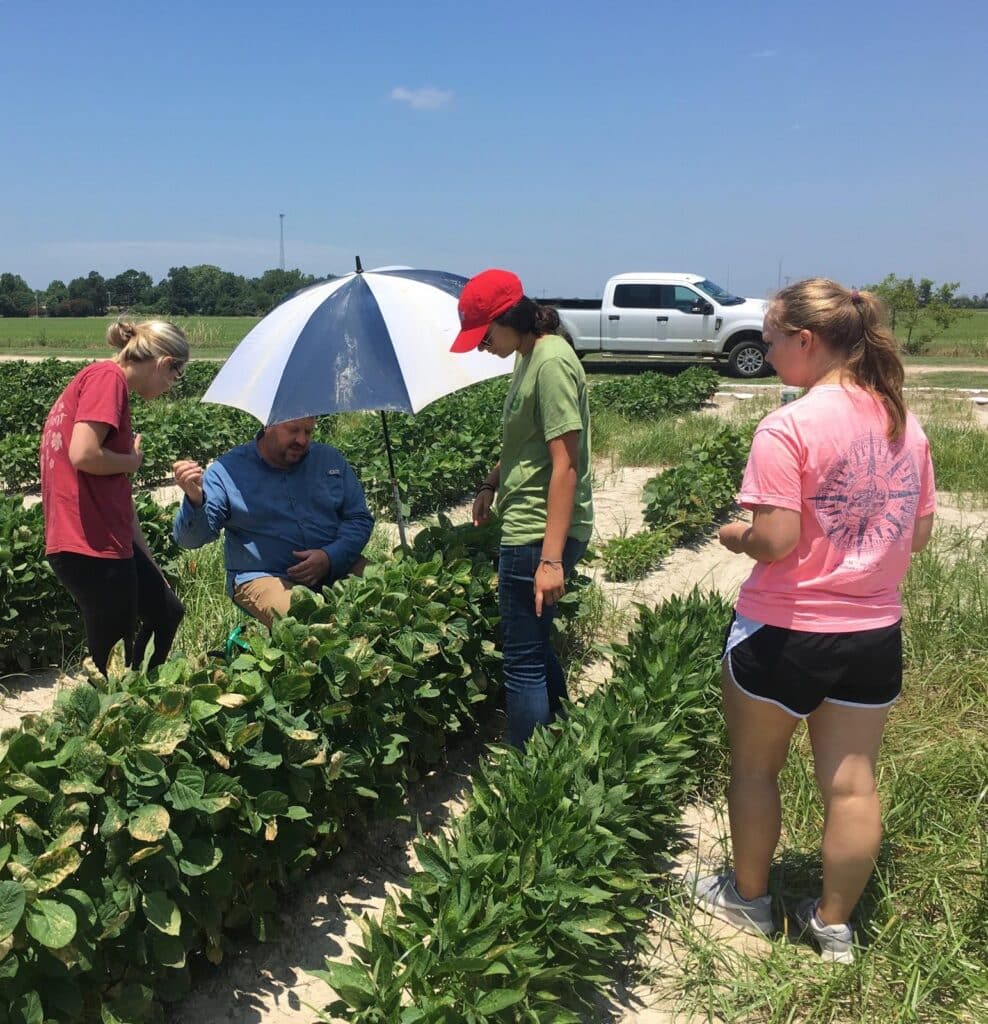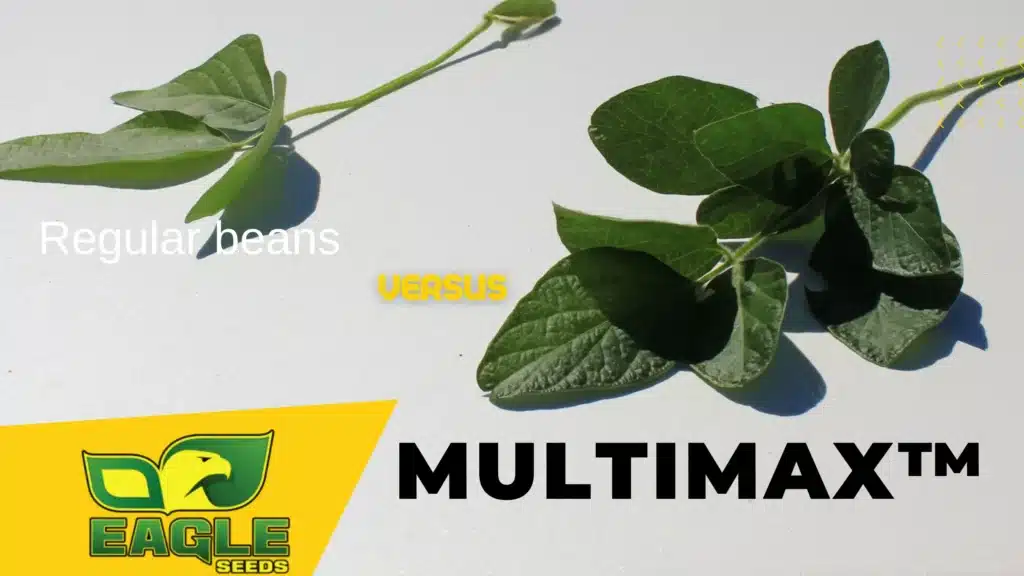What makes Eagle Seed’s products better?

With our own breeding program, we make award winning Glyphosate tolerant, XtendFlex®, Enlist®, conventional, forage, natto, edamame, and other specialty soybeans ranging from group 0 to group 8. That’s more maturities and plant types than any other soybean breeding company. For nearly fifty years, Eagle Seed has been developing and battle-testing varieties in the toughest growing sites. We have conducted research across the United States and Canada with numerous institutions, universities and farm organizations to bring you the finest combinations of high yields and stress tolerance. Whether its clover or corn, soybeans or sorghum, we make sure our seed is of the highest quality and will perform well on your farm.
Today, Eagle Seed is most well-known for releasing numerous crop soybeans with very high yields. We also built the Forage Soybean market, providing massive tonnage, and making bigger and better plants.
How do we make better products?
Our expert team uses our forage harvesters, combines, plot planters, leaf area indicators, threshers, protein and oil machines, sugar sensors, and other equipment to research products for years before it comes to market.



Eagle Seed is the leader in soybean innovation:
Learn how we stand taller and do way more for you than our competitors:
University Research and Partnerships:
We want to extend a special thanks to soybean and forage researchers with which we’ve had the pleasure of working:


